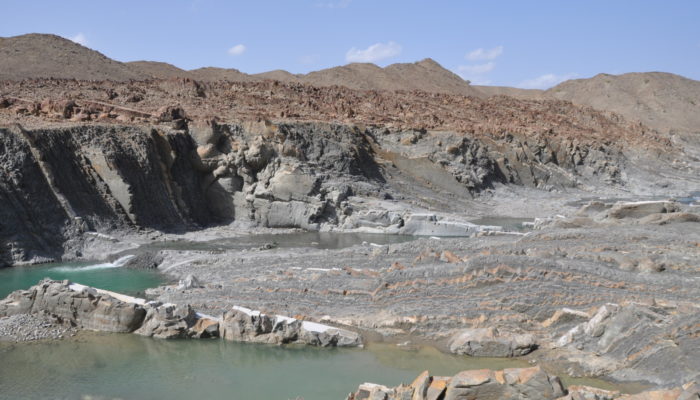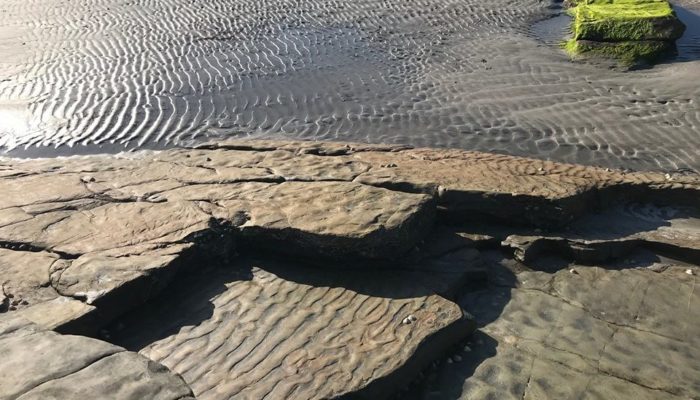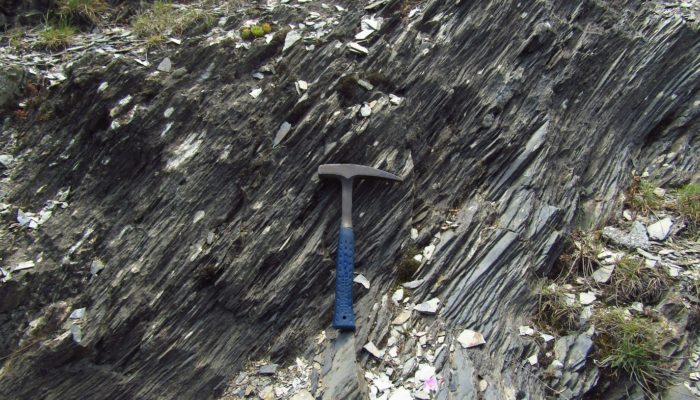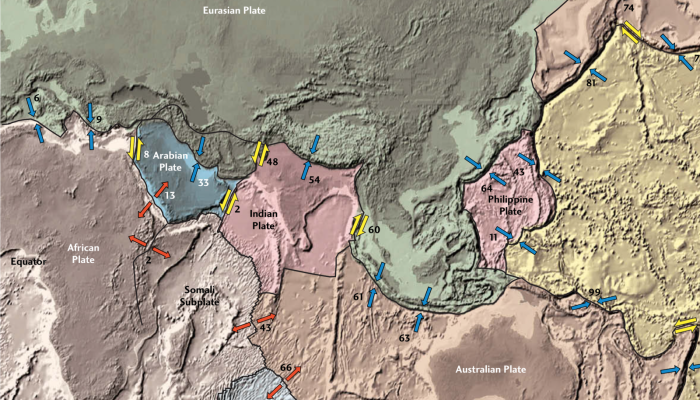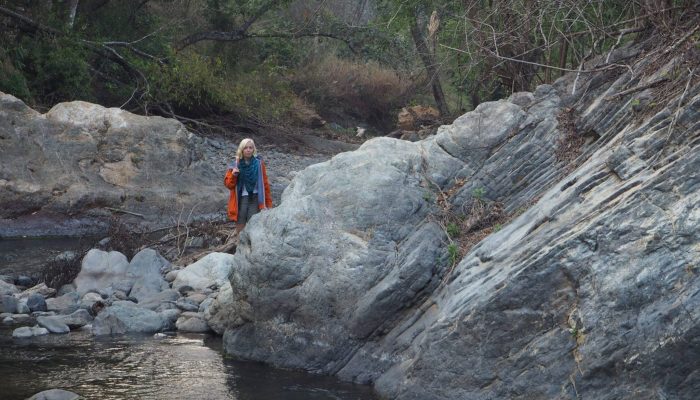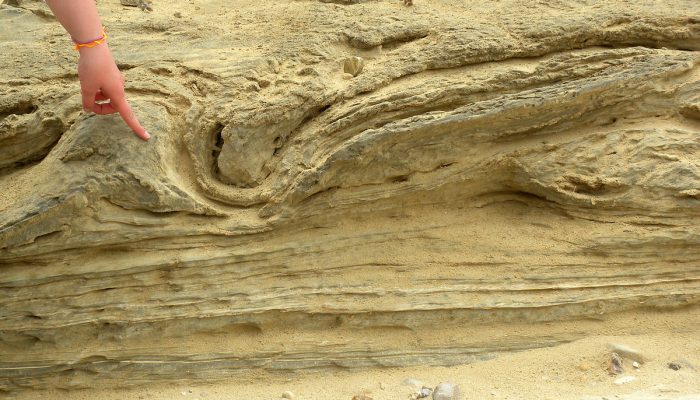This edition of “Beyond Tectonics” is brought to you by Dr. Derya Gürer and Luca Magri. Derya is a Lecturer in Earth Sciences at The University of Queensland in Brisbane, and Adjunct Lecturer at the University of Tasmania, and Luca is a PhD student at the University of Tasmania in Hobart, Australia. In early 2020, they participated in a research voyage to one of the most remote places on the plane ...[Read More]
Beyond Tectonics: Fishing for Continents in the Furious Fifties and Roaring Forties



